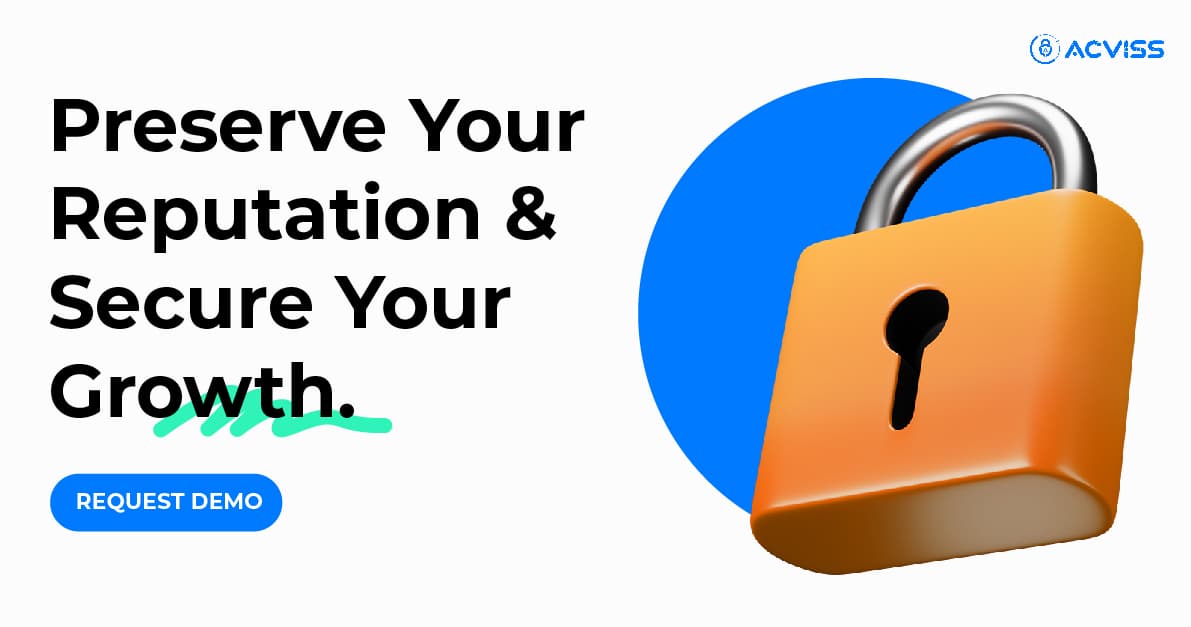How QR Codes Ensure Food Safety and Authenticity for Consumers
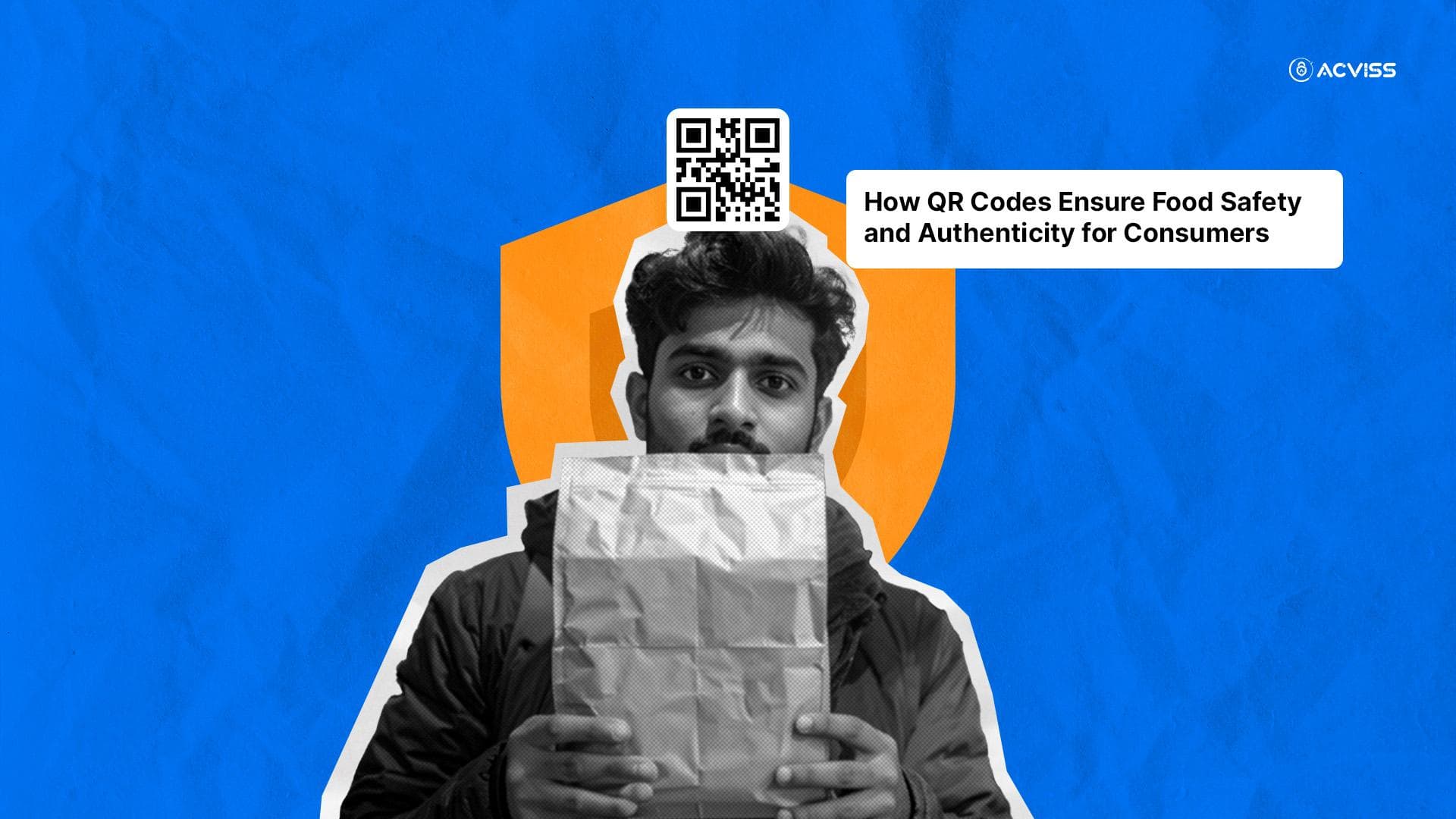
The journey of food from farm to fork is no longer as straightforward as it once was. Behind every meal lies a complex web of sourcing, logistics, regulations and technologies designed to ensure that what reaches the consumer’s plate is not just delicious, but safe and authentic. Yet, in this vast and interconnected ecosystem, one small but powerful innovation has quietly emerged as a guardian of trust, the QR code.
Once seen merely as a marketing tool or a way to access discount coupons, QR codes today sit at the heart of product traceability, brand protection, and food safety. They bridge the gap between manufacturers and consumers, helping both sides verify authenticity, track product movement across the supply chain, and detect counterfeits before they cause harm.
This article explores how QR codes are transforming the food industry’s approach to product verification, brand authentication, and consumer engagement, and why embracing this technology is now essential for any brand serious about maintaining consumer trust.
The Rising Challenge of Food Safety and Counterfeiting
Food safety has always been a sensitive issue. Every year, millions of people fall ill from contaminated or mislabelled food products. According to the World Health Organisation, unsafe food causes over 600 million illnesses and 420,000 deaths annually worldwide. Beyond the human cost, the economic damage from product recalls, loss of brand reputation, and regulatory penalties can cripple businesses.
Adding to this crisis is the global menace of food fraud. Counterfeit or adulterated food is not limited to luxury items like olive oil or honey; it extends to everyday essentials such as rice, spices, dairy and packaged goods. Research suggests that food fraud costs the global economy over $40 billion each year, impacting both consumers and legitimate manufacturers.
Despite the advances in supply chain management, many brands still struggle to pinpoint where contamination or counterfeiting occurs. The lack of end-to-end product traceability leaves blind spots, allowing fake products to slip into the market undetected.
This is where QR code-based solutions are transforming the equation.
From Black-and-White Squares to Powerful Safety Tools
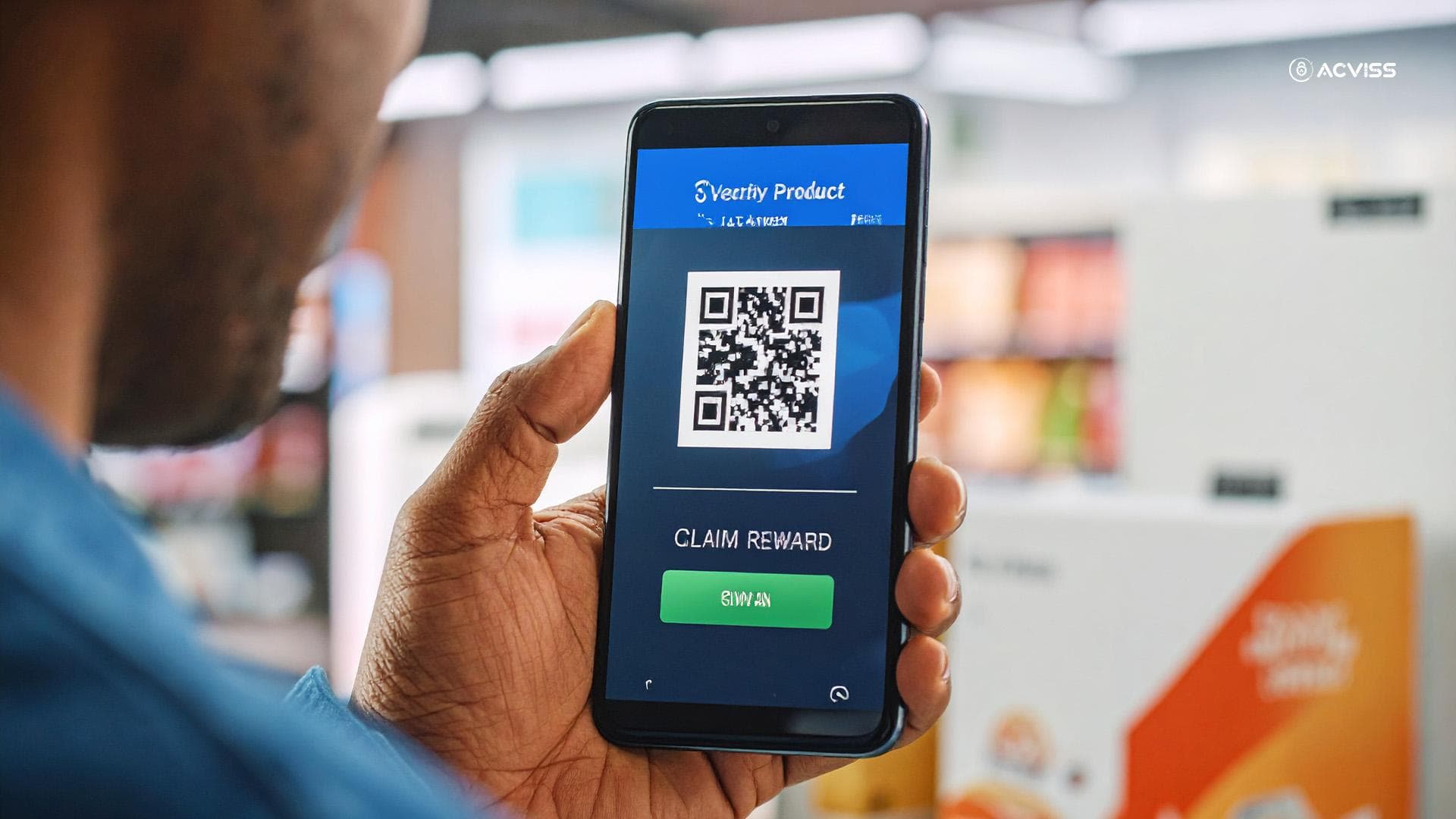
At first glance, a QR code seems simple: a pattern of squares holding information. Yet, beneath this simplicity lies an advanced capability to carry complex data, from product origin and batch numbers to manufacturing details and authentication keys.
For food brands, QR codes have evolved into vital instruments for product authentication and consumer confidence. Scanning a QR code can instantly verify where a product was produced, when it was packed, and whether it has been tampered with.
When integrated into track and trace systems, these codes form the foundation of a digital food safety ecosystem, one where every link in the chain can be monitored, verified, and documented.
Why Food Brands Are Turning to QR Codes
The adoption of QR codes in food safety is not just about compliance; it’s about trust. Here’s how they are reshaping the food industry:
1. Ensuring End-to-End Product Traceability
QR codes allow brands to record every step of a product’s journey, from raw material sourcing to retail shelves. When each product unit carries a unique, scannable identity, track and trace becomes seamless.
A scanned QR code can reveal details such as:
- Source of ingredients
- Manufacturing facility and date
- Quality inspection checkpoints
- Shipping and distribution records
- Expiry information
This visibility is invaluable for both brands and regulators. If a product recall is necessary, companies can pinpoint the affected batches instantly, reducing waste and protecting consumers.
2. Fighting Counterfeiting with Secure Labelling
Counterfeit food products not only erode brand reputation but can also endanger lives. Fake baby formula, adulterated cooking oil, and counterfeit packaged foods are alarmingly common in unregulated markets.
To combat this, modern brand protection solutions use non-cloneable QR codes embedded with cryptographic identifiers that cannot be copied or duplicated.
For example, Certify, an innovative product authentication technology, provides every product with a unique and non-replicable yellow label. This label acts as a digital certificate of authenticity, allowing consumers to instantly verify if their purchase is genuine.
When a consumer scans the code, they receive confirmation straight from the brand’s secure server, verifying the product’s legitimacy and reassuring them that it’s safe for consumption.
This not only enhances brand verification but also discourages counterfeiters, as replicating such advanced anti-counterfeiting technologies becomes nearly impossible.
3. Enhancing Consumer Engagement and Satisfaction
Beyond safety, QR codes serve as a bridge for customer engagement. Scanning a product code doesn’t just verify authenticity; it opens a direct communication channel between the brand and the consumer.
Brands can use this opportunity to share product stories, where ingredients were sourced, how they were processed, or what sustainability practices were followed. It turns a simple scan into an interactive, informative experience.
According to a 2024 report by Deloitte, over 68% of consumers are more likely to trust a brand that offers transparent information about its product origins. By integrating storytelling and safety, QR codes elevate customer satisfaction and foster long-term loyalty.
The Science Behind QR Code Security
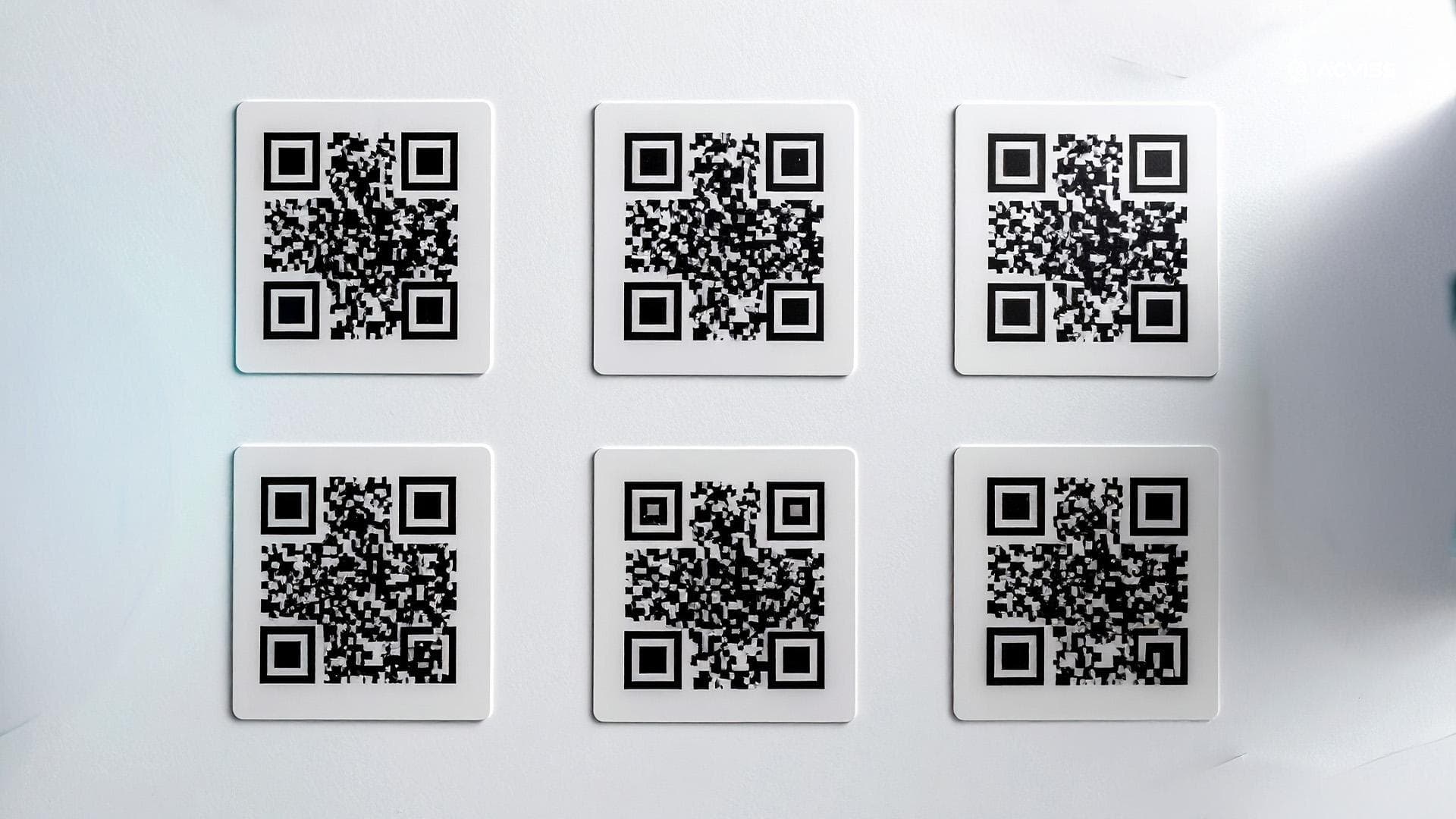
Not all QR codes offer the same level of protection. The typical marketing QR code merely links to a webpage and can be easily replicated. In contrast, secure product verification systems embed encrypted, tamperproof identifiers that are uniquely tied to each product.
Here’s what makes these codes secure:
- Non-replicable encryption: Each code is generated using a proprietary algorithm and cannot be reused or cloned.
- Blockchain-backed traceability: In advanced systems, data associated with each QR code is stored on an immutable blockchain ledger, ensuring transparency and accountability.
- Real-time verification: The authentication process connects directly to a cloud-based database, confirming the code’s validity in real time.
Solutions such as Acviss’s Certify combine these layers of protection to ensure that every scan, whether by a retailer or consumer, delivers instant and reliable product verification.
Integrating QR Codes into Supply Chain Management
QR codes become truly powerful when integrated into supply chain management systems. They help create a connected ecosystem where manufacturers, distributors, and retailers share the same transparent data trail.
This integration benefits multiple stakeholders:
For Manufacturers
- Greater visibility into production and logistics.
- Early detection of bottlenecks or inconsistencies.
- Reduced risk of unauthorised distribution.
For Distributors
- Clear validation of product origin before resale.
- Simplified inventory management through digital logs.
For Consumers
- Assurance of product authenticity.
- Access to accurate information about ingredients, shelf life, and handling.
In practice, this creates a chain of accountability; every party becomes a verified participant in maintaining product safety.
QR Codes and Regulatory Compliance
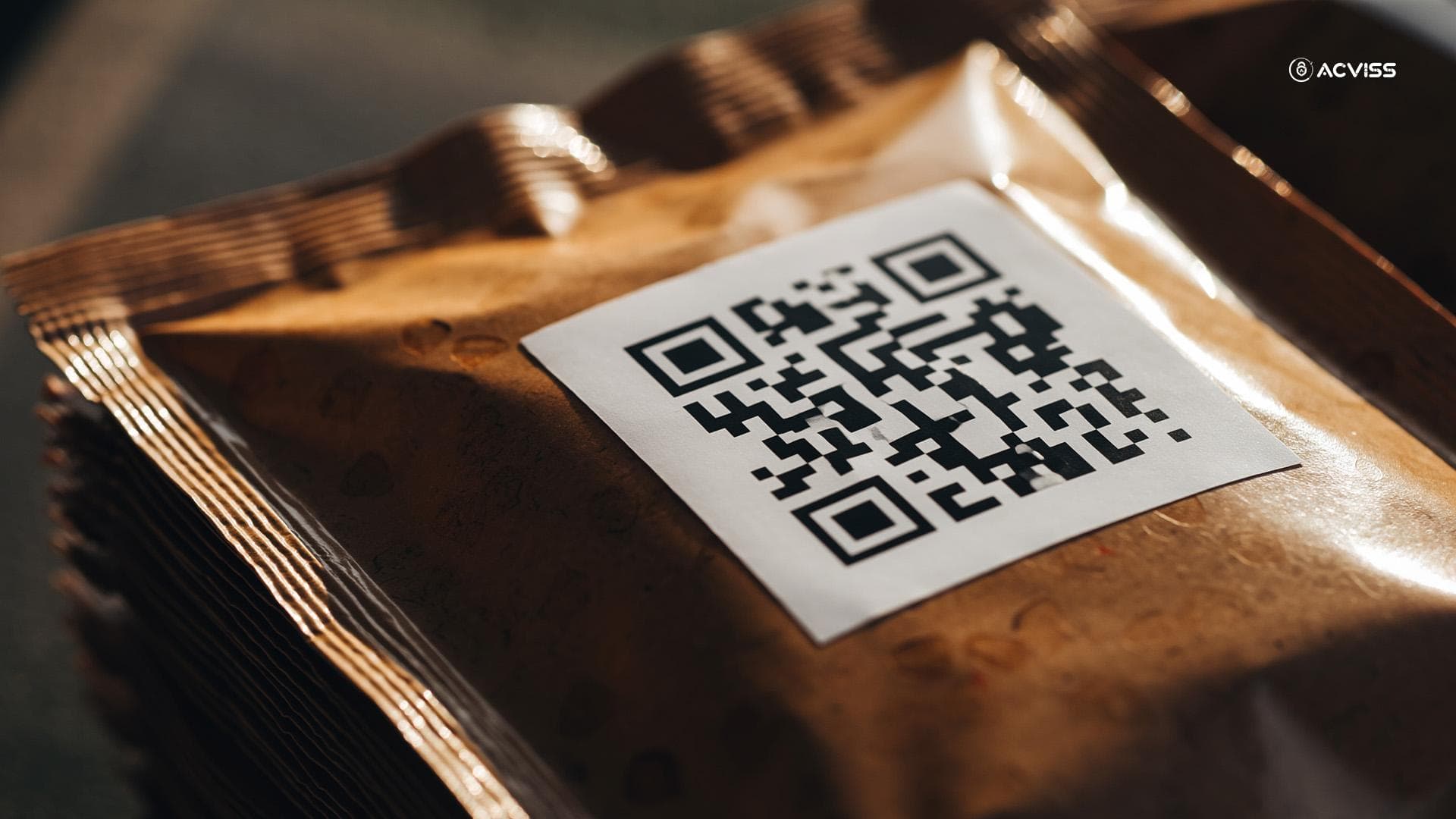
Across the world, regulatory bodies are pushing for more transparent and traceable food supply chains.
- The European Union’s General Food Law mandates full traceability at all stages of production and distribution.
- The U.S. Food Safety Modernisation Act (FSMA) emphasises preventive controls and data-driven recall management.
- In India, the Food Safety and Standards Authority of India (FSSAI) has been encouraging digital tracking to ensure food authenticity and safety.
By integrating track and trace via QR codes, brands can meet these compliance standards effortlessly. In the event of an audit or recall, verified digital records streamline the process, ensuring swift and accurate responses.
How QR Codes Help During Food Recalls
Recalls are among the most challenging situations for any food brand. A slow or poorly managed recall can severely damage consumer trust. QR codes make recall management precise and efficient.
Each product unit’s journey is logged digitally, allowing companies to isolate affected batches within minutes. By scanning the code, even consumers can identify whether their product is safe.
For instance, if contamination is detected in a specific batch, the system can automatically alert distributors, retailers, and consumers who purchased those exact items. This level of product traceability minimises both risk and panic, turning a potential crisis into a display of responsibility.
QR Codes as a Tool for IP and Trademark Protection
Food products often involve unique formulations, packaging designs, or geographical indications. Protecting these intellectual properties (IP) is critical.
By linking QR codes with a brand’s digital identity, companies can prove the legitimacy of their products and designs in case of trademark infringement or disputes. This is especially valuable for brands operating in international markets, where trademark protection laws vary.
When counterfeiters attempt to copy packaging or logos, the QR code serves as digital evidence of ownership. Combined with IP protection technologies, it ensures that every genuine product carries a verifiable signature of the brand’s identity.
Empowering Consumers to Verify Authenticity
Consumers today are more informed and cautious than ever. They read labels, scan ingredients, and want proof before they trust. QR codes empower them to become active participants in ensuring their own safety.
By scanning a code, a customer can instantly access:
- Product origin and authenticity status
- Manufacturing and expiry dates
- Allergen or ingredient information
- Certification details (organic, vegan, fair-trade, etc.)
This transparency builds brand authentication at a human level. It’s not about marketing claims, it’s about showing evidence. And when a customer verifies that evidence firsthand, trust naturally follows.
The Economic Advantage of Digital Product Verification
Adopting QR-based product authentication is not just about compliance or safety; it’s also a strategic business move.
Brands that embrace secure anti-counterfeiting solutions often see measurable benefits:
- Reduced counterfeit losses: Fake products directly impact revenue and brand equity. Secure QR labels curb this risk.
- Improved customer loyalty: Verified authenticity encourages repeat purchases.
- Enhanced data analytics: Each scan generates valuable insights on where, when, and how customers interact with the product.
This data helps brands understand buying patterns, optimise supply routes, and personalise future engagement campaigns.
The Role of Certify and Yellow Label Technology in Food Authenticity
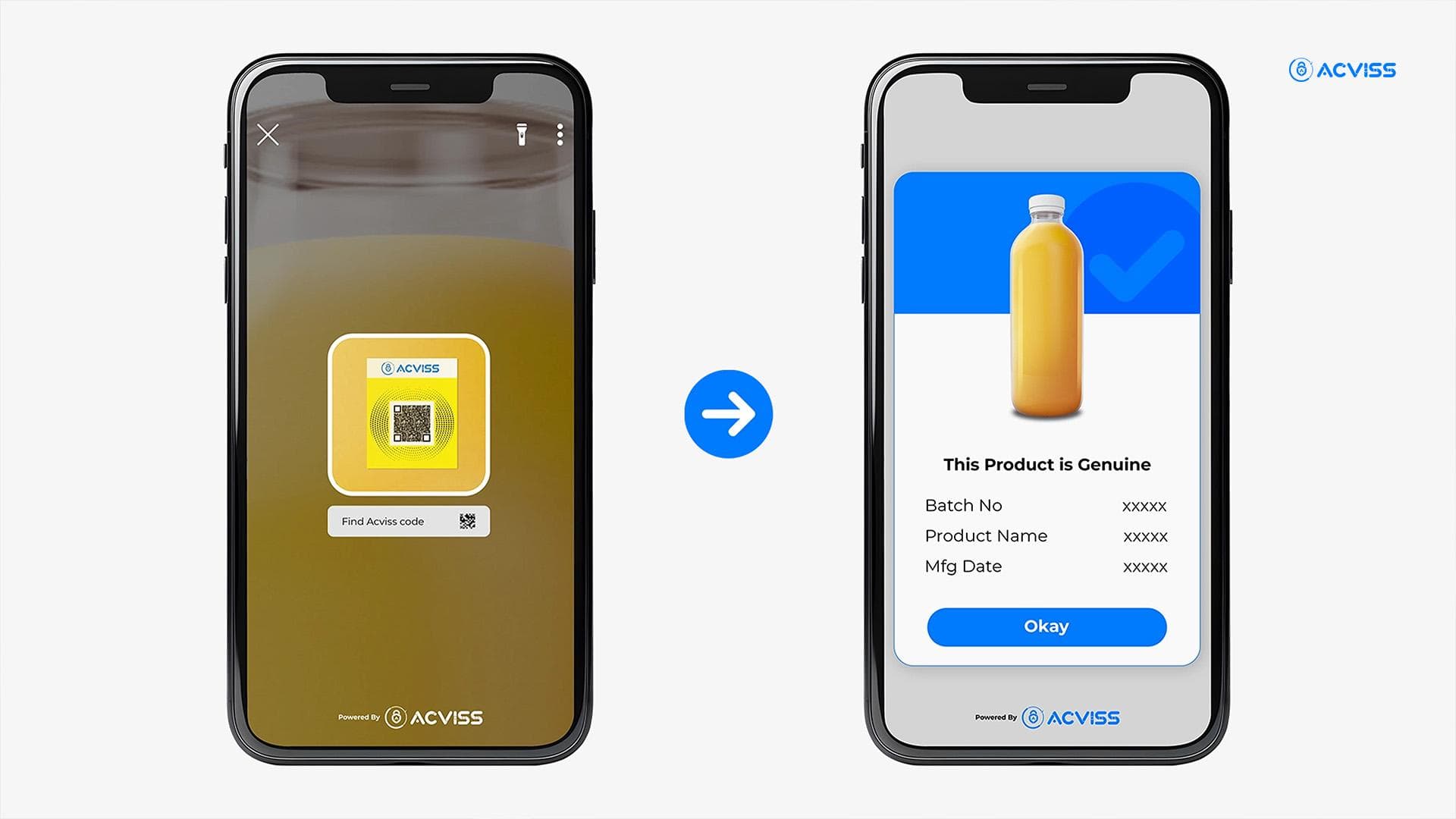
The Certify solution, powered by Acviss, takes product verification a step further through its non-cloneable yellow label technology.
Each label carries a unique digital signature, impossible to duplicate, giving every item a distinct digital identity. When a consumer scans the code, they are directly connected to the brand’s verification system, confirming whether the product is genuine.
This system seamlessly integrates with existing packaging lines, offering a cost-effective, scalable approach to brand protection and IP security. For the food industry, where the stakes of contamination or counterfeiting are extremely high, such solutions are not just innovations; they’re safeguards of public trust.
QR Codes and the Future of Safe, Transparent Food Systems
As food systems become increasingly global and digital, track and trace technologies will continue to evolve. QR codes are already being integrated with blockchain, AI-based analytics, and IoT sensors to build intelligent supply chains.
Imagine a future where every item in a supermarket tells its entire story, from the soil it grew in to the truck that delivered it, and where counterfeit or contaminated items can be identified and removed automatically. That’s the future that QR codes are helping to build.
And it’s not just about technology; it’s about restoring confidence. In a world where misinformation and fraud can travel faster than truth, QR codes provide a small but powerful window of transparency.
Key Takeaways for Brands
- Transparency is trust: Consumers want to know what they’re buying. QR codes make that possible.
- Prevention is better than damage control: Secure labelling solutions like Certify protect products before fakes reach the market.
- Compliance is becoming digital: Regulatory expectations are increasingly built on traceable, data-driven systems.
- Data is valuable: Every scan creates an opportunity to learn and improve customer engagement.
Brands that embrace QR code-based traceability and authentication technologies today are not just securing their products; they’re future-proofing their reputation.
Conclusion
The QR code may look simple, but it represents one of the most powerful transformations in modern supply chain management and brand protection. From securing product authentication to ensuring food safety and customer satisfaction, it serves as the digital handshake of trust between brands and consumers.
For food manufacturers, the message is clear: transparency, accountability, and authenticity are no longer optional. They are the new currency of consumer trust.
If your brand is ready to explore how Certify and non-cloneable QR label technologies can secure your food products and strengthen customer loyalty, get in touch with us to learn more.
